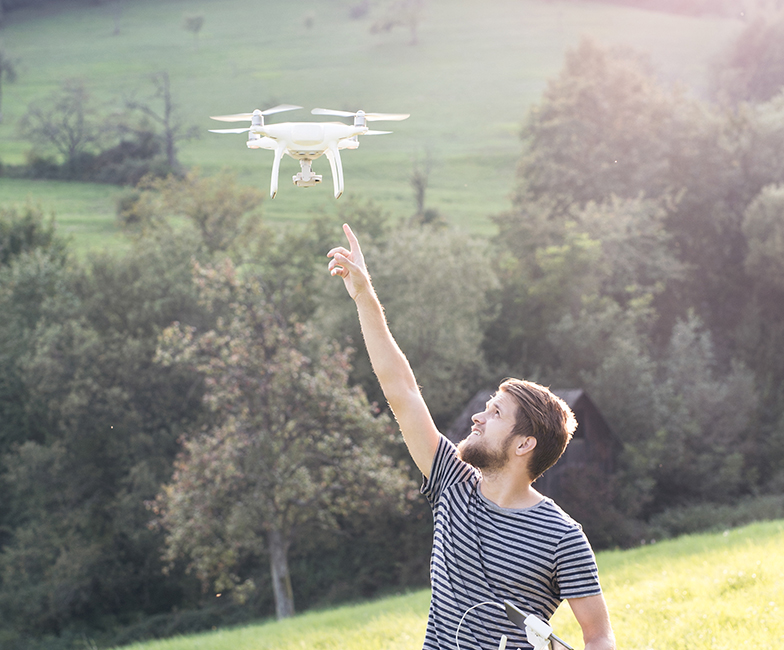The world of aerial photography has evolved in recent years. No longer are we confined by gravity and aerial shots are no longer exclusive to big Hollywood movies. Today, even the most regular of citizen could own a drone and attach a camera to it.
You see this all the time on social media. Regular netizens are uploading videos of their vacations taken by a drone. You see beautiful landscapes and sunsets and sunrises. They take stunning videos, thanks to the power of drones and high-quality cameras.
But aerial photography is much more than just taking photos from above. There are actually two categories that this kind of photography is divided into: the oblique and the vertical.
A vertical photography is one which has been taken with the camera axis directed toward the ground as vertical as possible while oblique photography is one which has been taken with the camera axis directed at an inclination to the ground.
Then, there are also two types of oblique photography: the high-angle oblique and the low-angle oblique. The high-angle oblique is where the resulting image shows the apparent horizon while a low angle oblique shows the real horizon.
Vertical
Vertical aerial photography is the most common type of aerial photography. It is used to survey lands and for remote sensing. A cartographer would use vertical aerial photography to study the lands that he’s doing a map on.
They can be scaled, which allows objects and distances to be measured. This aids in their identification. When viewed, vertical aerial photography can give information on the height or the vertical characteristics of landmarks and buildings.
Oblique
The oblique aerial photography can show the exact same thing that the vertical aerial photography shows, but the angle is sloped with the camera axis pointing north-east, south-east, south-west, north-west… you get the drift.
The intention is to create a more dramatic photography of the area and for viewers to easily comprehend the location. It is also useful for looking at foreground building frontages. Features in the background, however, could not be recognized because they are either too small or hidden by the features in front.
If you want to show the landscape of an area, then an oblique aerial photography is what you are looking for. Many photography enthusiasts believe that oblique photography can be done all-year-long, no matter what the season is. But with vertical, since it is more technical and scientific in nature, you would want to have a clear sky and bright light to capture the images perfectly.

